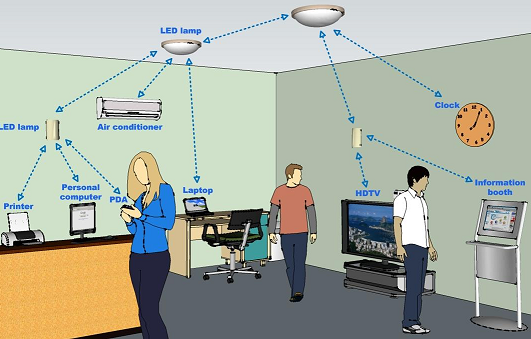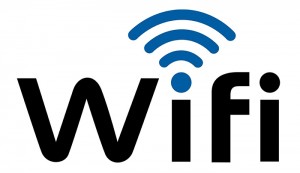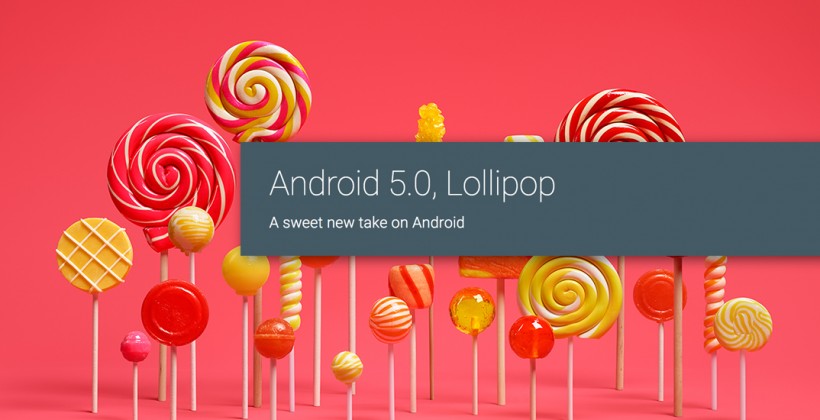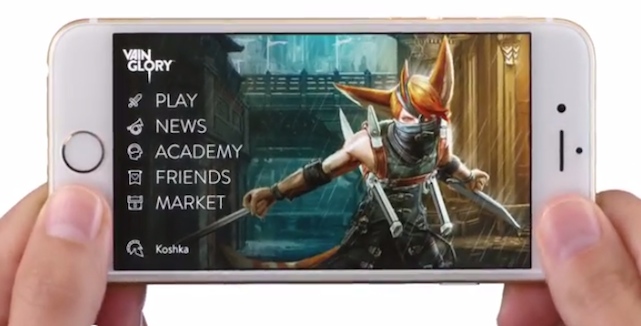We surely enjoy the high speed internet on all wireless devices with the use of WiFi. Now a new technology is being developed that promises to provide internet to users with a speed that is 100 times faster than traditional WiFi. This technology is being called LiFi as it primarily relies upon network created by LED lights that flicker incredibly fast. Professor Harald Haas, from University of Edinburgh had the brilliant idea of using LED lights to transfer information and create an internet network. He coined the term in the year 2011 itself.
The technology developed by Professor Haas uses Visible Light Communication to achieve speeds of up to 1 GBPS which is around 100 times faster than the average WiFi connection today. There are both pros and cons with this technology. As the technology uses visible light to create a network, it means that unlike WiFi, it cannot penetrate walls and connect to devices in another room. However, the same could also guarantee the security of the connection. The dramatically increased speed is anyway a plus point and seems like a big improvement on current technology for some applications as well.
This technology was recently tested by an Estonian startup called Velmenni. The company is currently carrying out more trials in select offices. If the technology is found successful, it could be launched into the open market for all. Deepak Solanki, CEO of Velmenni told International Business Times that the technology could be rolled out to consumers within the next three to four years. This statement proves the tremendous potential of the high speed wireless internet technology developed by Prof. Haas.
Do you think this technology, if launched, will wipe out WiFi from the face of the earth? Using LED lights to transmit internet is surely going to be cheaper along with being faster. This technology would also mean that consumers will be able to take care of lighting as well as internet with just one technology.
Do let us know your opinion through the comments section below or through our social media channels.





